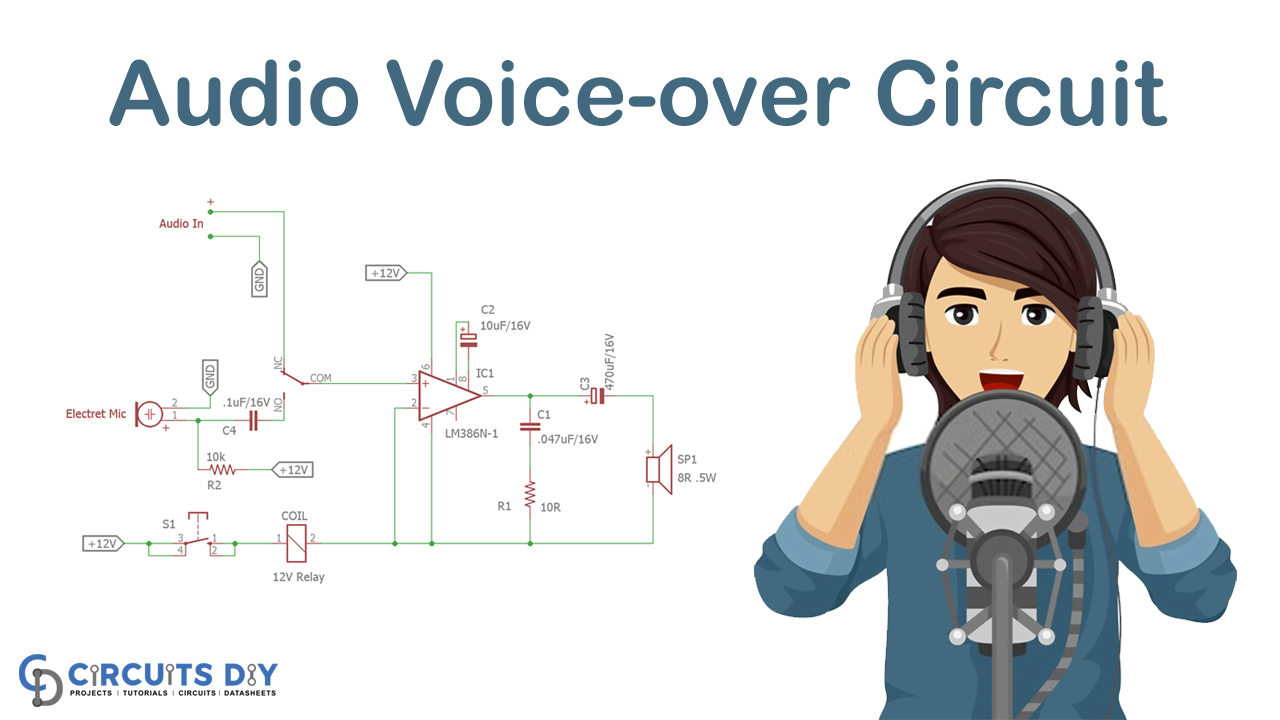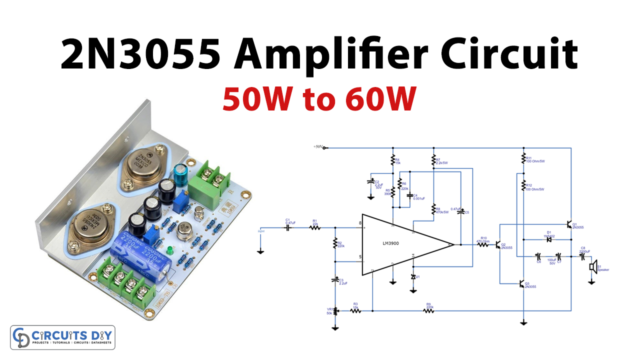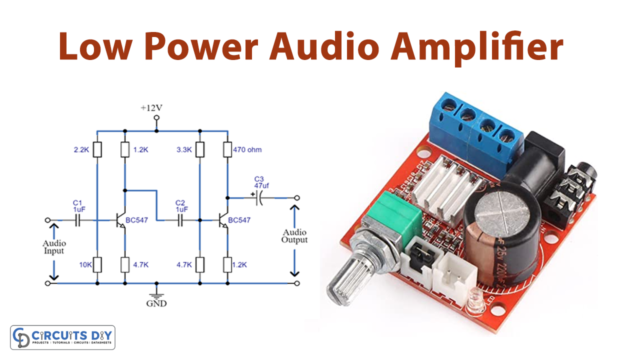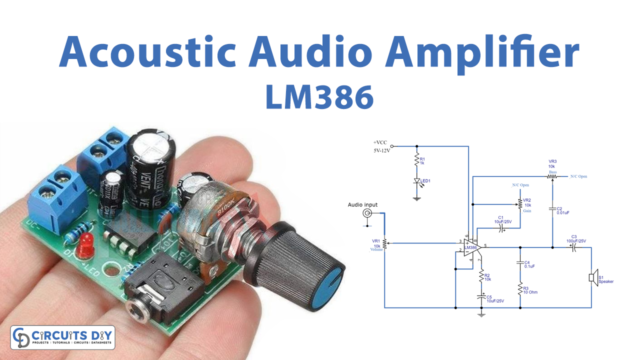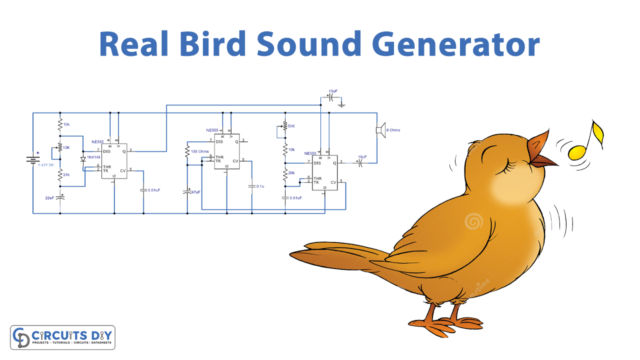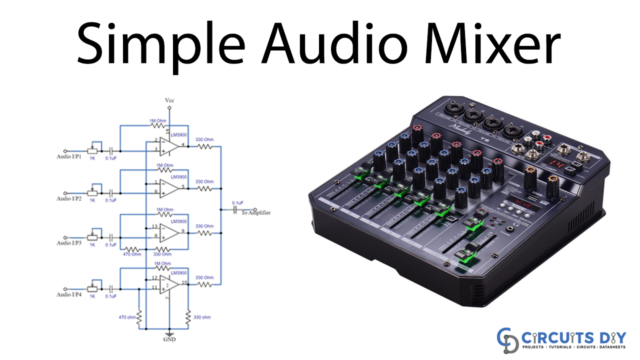Today, in this tutorial, we will show you how to make an audio voice-over circuit. Generally, we hear music and sounds from the same speaker in many places, such as in speaking events or in arts programs where loudspeakers are used. You may have noticed that when someone begins speaking on the mic, the loudspeaker’s music stops, and we start hearing the speaker’s voice. When the person decides to talk, the music begins again; vice versa. In this case, if the microphone is on, the music or the sound will vanish. It is called a Voice-over.
The sound has a higher priority than the signal at such a voice-over circuit. If the microphone is on or the voice is on, the other signal will simultaneously interrupt and provide the speaker with either the microphone audio. Also, there are two inputs in a voice over the circuit, including one higher priority than the other. The microphone links the higher priority input. The input audio is distorted to generate modulated audio from the voice-making circuit.
Hardware Component
The hardware components required to make this Audio Voice-over circuit using LM386 includes
| S.no | Components | Value | Qty |
|---|---|---|---|
| 1. | IC | LM386 | 1 |
| 2. | Capacitor | 0.1uF, 0.047uF/16V,10uF/16V, 470uF/16V | 1, 1, 1, 1 |
| 3. | Resistor | 10R ¼ Watt, 10k 1/4th Watt | 1, 1 |
| 4. | Power Supply unit | 12V | 1 |
| 5. | Relay | 12V | 1 |
| 6 | Tactile switch | – | 1 |
| 7. | Audio Jack | 3.5mm | 1 |
| 8. | Speaker | 8 Ohms / .5 Watt | 1 |
| 9. | Capsule or Electret Microphone | – | 1 |
| 10. | Bread Board | – | 1 |
| 11. | Hook up wires | – | 1 |
The following things are needed if you are interested in Vero Board.
- Soldering Iron
- Soldering Wire
- Vero board.
Circuit Diagram
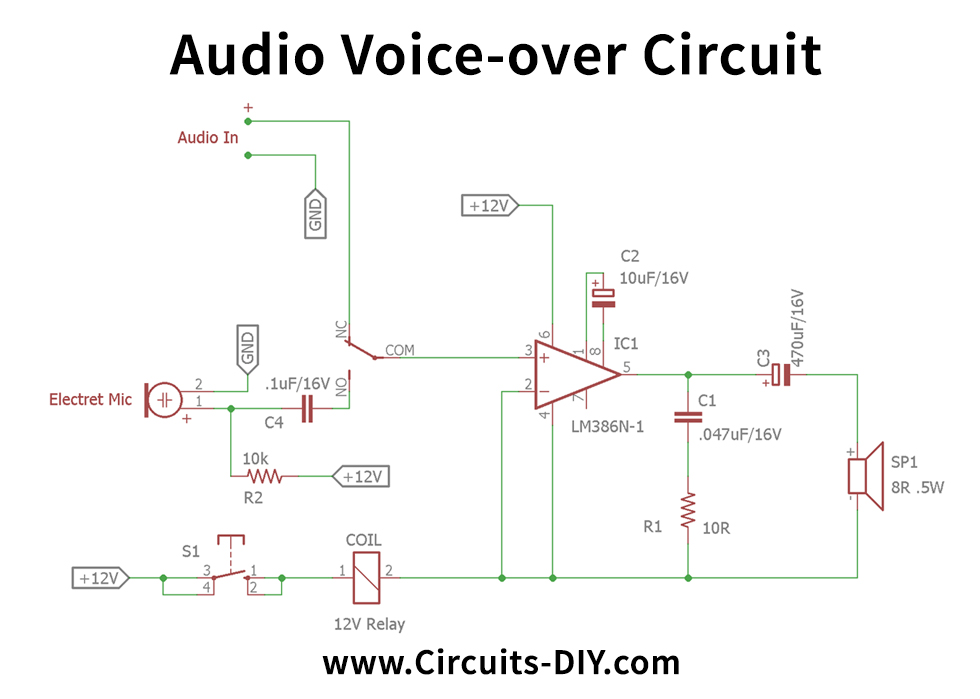
Circuit Operation
The circuit component of the power amplifier is taken from the LM386N data sheet with Texas Instrument.
A screenshot of LM386N from Texas Instruments can be seen in the example above. From the input signal to the output, the circuit will grant 200x gain. The circuit consists of a few parts where a 10ohms resistor power amplifier circuit consists of two electrolyte compressors with 10uF and 250 uF (we used 470uF) and a 10ohms reactor (0.05uF is used in our circuit). The snubber circuit is created by the resistors of the.047uF and 10 Ohms on the inductive load. The circuit must be regulated by 5-12V and the power amplifier will connect 4 to 32 Ohms.
Applications and Uses
The LM386 Low Power Audio Amplifier offers a large power of 1 watt (1W) for a wide range of applications, including portable laptop speakers, laptop speakers, etc.


